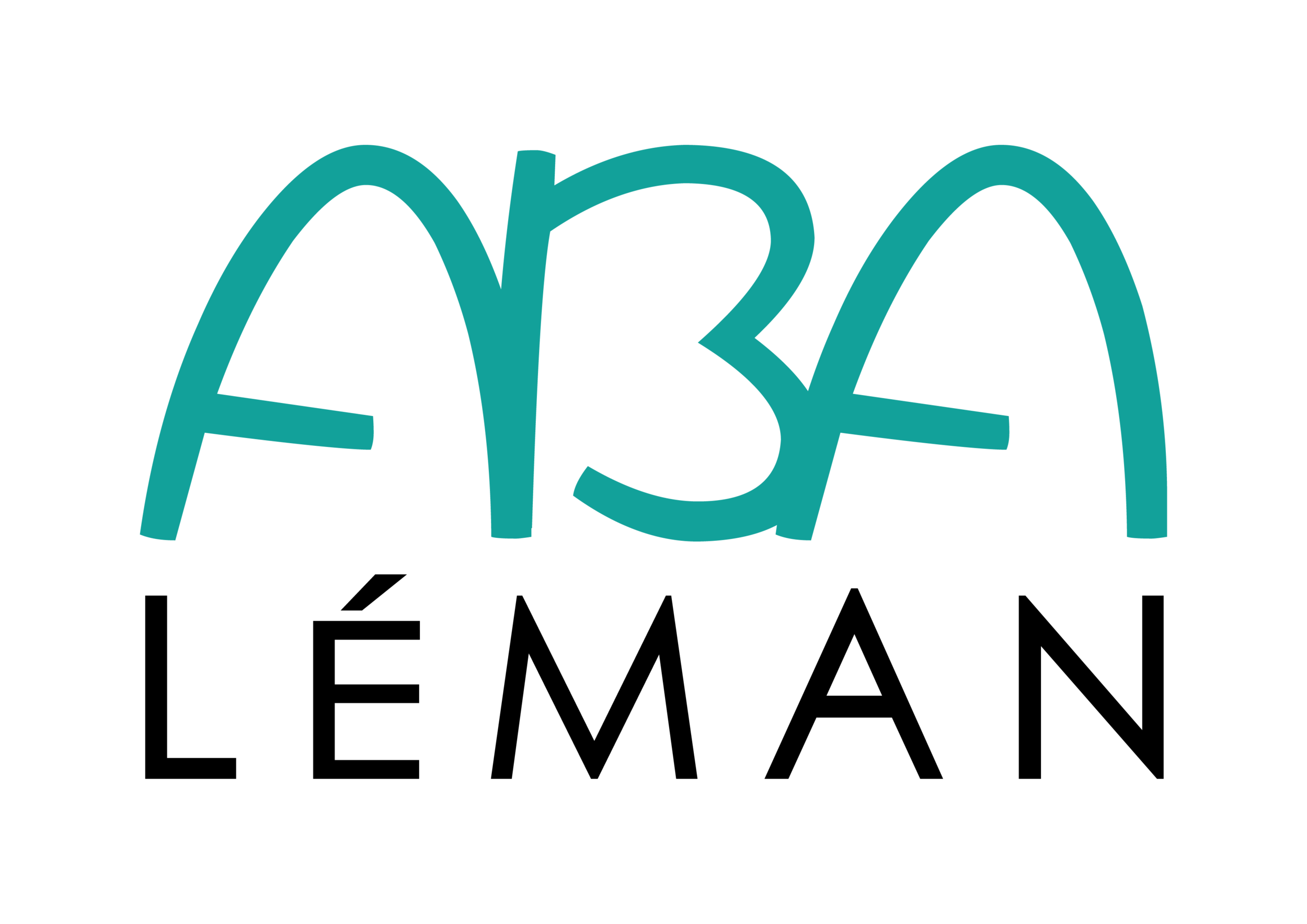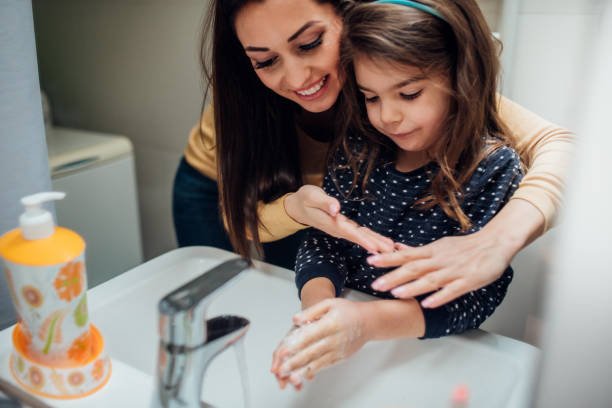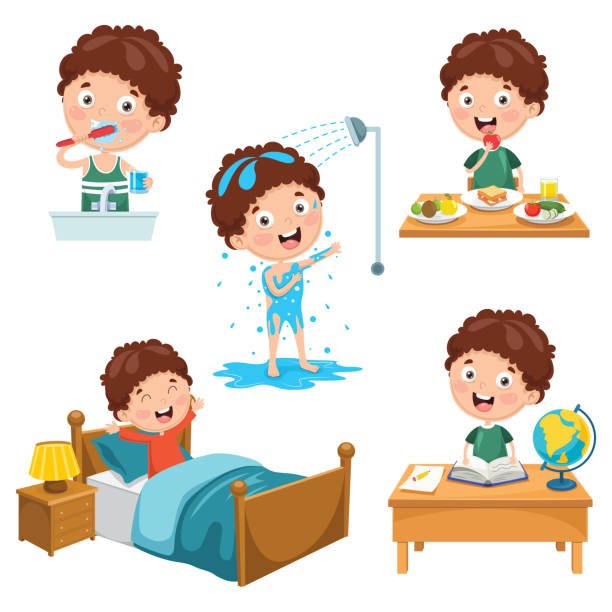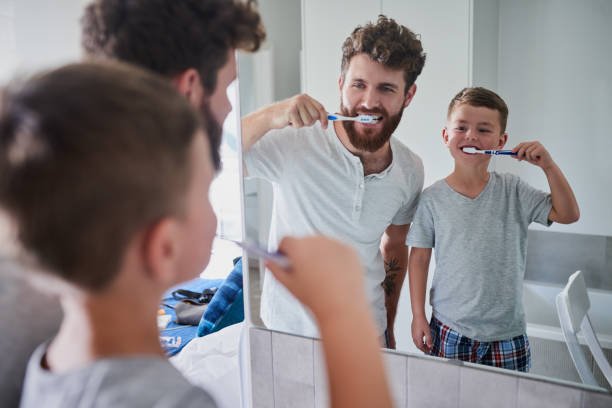Teaching Autistic Children Proper Hygiene
Autism spectrum disorder (ASD) can negatively impact your child's ability to focus on his personal hygiene. We will let you know what you need to do to help your child to reach the desired cleanliness and hygiene goals.
How does autism affect personal hygiene?
Because of the sensory challenges kids with ASD face, keeping healthy and hygienic is sometimes difficult. As their sensory functions are delicate, they may experience this problem more severely. Here are how these sensitivities could impact their hygiene:
• Your child may not be able to tolerate a strong-smelling soap or shampoo. Replace it with a scentless product or one that's designed for sensitive skin.
• The feeling of running water touching the kid's skin can feel unpleasant. Give your child a bath instead of a shower.
• The laundry soap or detergent could irritate your child skin when he put on his clothes. Buying alternative products may resolve this problem.
• The textile that clothing is made of might be uncomfortable. Try to find clothes with materials that your child can tolerate wearing.
Establishing daily routines is one of the best ways for teaching kids with unique mental and sensory function how to take care of their hygiene.
What kind of hygienic activities do autistic children need to learn?
They tend to respond well to structures and routines. You may want to establish a daily schedule that includes self-care. Splitting schedule tasks into morning and evening ones can make this strategy more successful. Here are some of the self-care activities that should be part of your child's routine:
Hygienic Morning Routine
1. Make the bed
2. Go to the bathroom for a shower
3. Use the towel for drying the hair and body
4. Put on a bathrobe or pajamas, and then the slippers
5. Brush teeth
6. Comb hair
7. Go to the dining room for breakfast
8. Put away the dishes after eating
9. Get dressed, starting with the shirt, then the pants, and, finally, the socks
10. Put on the shoes before leaving the house
You may need to ensure that these tasks are done in a specific order. A consistent daily ritual makes it easier for your child to remember these activities and when he needs to do them.
Hygienic Evening Routine
1. Wash the hands before dinner
2. Have dinner and then put the dishes away
3. Go to the bathroom to wash the hands and mouth
4. Wash the face
5. Brush and floss
6. Comb the hair
7. Go to the bedroom to change
8. Get undressed, starting with the shirt, then the pants, and afterwards the socks
9. Place the dirty clothing in the laundry basket
10. Put on pajamas, beginning with either the shirt or pants
Regardless of which activities are done first, the most important thing is to follow the same order on a consistent basis. There are also certain teaching methods that you could use with your child when working on their morning and evening routines.
Modeling
Modeling means mimicking your child's hygienic activities as he completes them. For example, while your kid is about to wash hands or brush teeth, stand next to him and model the motions as if you're doing the same thing.
Use Rewards
Rewards will give your autistic child the incentive to take care of their cleanliness. When he brushes teeth in the morning on his own and without being asked to do so, you could promise to give him his favorite snack or movie after dinner. Over time, brushing teeth in the morning will become a subconscious habit, and your child eventually begins to do it without expecting a reward.
Use Social Stories or Videos
Narrating a story about a character’s hygienic habits offers your child an example that they can copy. Using videos for this purpose is also an excellent tactic.
Use Visual Checklists
Write down your child morning and evening tasks on a piece of paper that you hang up on their bedroom or bathroom wall. This will help him remember these activities. Add a check mark next to each task or cross them out whenever your child completes them. When he finishes all the activities that are on the list, give him a reward. You may ask your therapist on how and when you should reward your child.
How ABA Therapy Can Help
ABA therapy is the most proven and effective approach for managing ASD symptoms. ABA Leman’s team of highly trained therapists will work with your kid and give an individualized treatment plan based on his specific sensitivities, sensory issues, and needs. By identifying and eliminating the smells, textures, lights, and other environmental factors that make your child uncomfortable, our therapists will guide him towards attaining their self-care goals and beyond.




